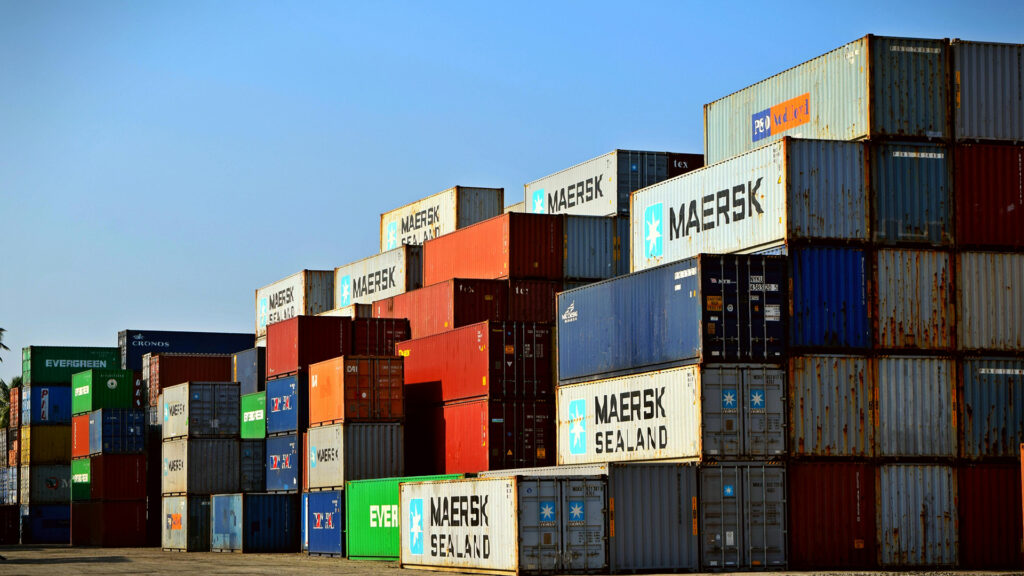The European Union has announced two major developments with wide-ranging impacts for companies in the defense, dual-use, and advanced manufacturing sectors: a new round of Russia-focused sanctions and a landmark trade agreement with the United States.
On 18 July 2025, the Council of the EU adopted its 18th package of sanctions targeting Russia, with a sharp focus on further degrading its military-industrial capabilities, and on 28 July 2025, the US and EU announced a trade deal, rebalancing the economic relationship between the two.
The 18th sanctions package introduces an expanded set of restrictions on entities both inside and outside Russia that support the Russian defense sector. Notably, the EU imposed full asset freezes and restrictive measures on several Chinese-based companies that export battlefield-relevant goods to Russia, along with eight Belarusian firms tied to Minsk’s military-industrial base. Twenty-six new entities have been subjected to tightened export controls for dual-use goods and technologies, with particular emphasis on those contributing to the technological advancement of Russia’s defense and security apparatus. Eleven of the designated companies are based outside Russia, including seven in China and Hong Kong and four in Türkiye, and are believed to be involved in circumventing existing EU restrictions, particularly on unmanned aerial vehicles (UAVs).
Additionally, the EU has announced new export bans worth over €2.5 billion, covering items deemed critical to Russia’s military production. These include computer numerical control (CNC) machines, key chemicals used in the formulation of propellants, and other components vital to the development of weapons systems. The updated package also expands the existing transit ban through Russian territory to include additional categories of economically sensitive goods relevant to the construction and transport sectors, both of which play a supporting role in sustaining military infrastructure.
In parallel, the EU and the United States reached a landmark trade agreement that effectively neutralizes the EU’s previously announced commercial countermeasures. Under the deal, the parties agreed to:
- Apply a single 15% ad valorem tariff on the vast majority of EU exports to the United States.
- Establish zero-for-zero tariffs on key strategic products, including aircraft and components, semiconductor equipment, certain chemicals, and critical raw materials.
- Cooperate on steel and aluminum market stabilization through reduced tariffs and a new quota system.
- Expand energy and technology cooperation, including EU purchases of US LNG, oil, and nuclear fuel, and US AI chip exports to the EU.
The new agreement removes the threat of retaliatory EU tariffs or export bans on US-bound goods, eliminating the immediate compliance risks for transatlantic trade.
Companies in the defense, dual-use, and advanced manufacturing sectors face a landscape of both risk and opportunity. The EU’s 18th sanctions package imposes heightened compliance obligations, particularly for supply chains touching China, Hong Kong, Türkiye, or Belarus, and expands restrictions on dual-use exports critical to Russia’s military capabilities. At the same time, the new EU-US trade deal eliminates the previously planned EU countermeasures and provides predictability through a 15% tariff ceiling and zero-for-zero treatment for key strategic products. Businesses should prioritize enhanced due diligence on high-risk counterparties while leveraging the new trade framework to plan investments and secure supply chains.







